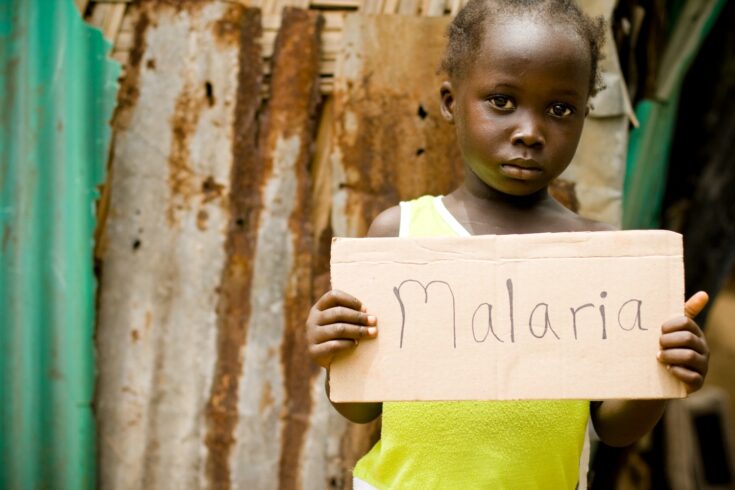AP – A new study led by the British University of Leeds predict that the hot and dry conditions brought about by climate change will lead to an overall decrease in areas suitable for malaria transmission from 2025 onwards.
The research entitled “Future malaria environmental suitability in Africa is sensitive to hydrology” was published on Thursday (May 9) in the journal Science.
This would come at a cost of reduced water availability and a greater risk of another significant disease, dengue, Simon Gosling warned. The Professor of Climate Risks & Environmental Modelling is a co-author the study and helped to coordinate the water modelling experiments used in the research.
Previous Africa-wide assessments “tended to solely represent surface water using precipitation”. Authors of the new study éweighted ensemble of global hydrological and climate models to estimate present and future areas of hydroclimatic suitability for malaria transmission.é
The researchers hope that further advances in their modelling will allow for even finer details of waterbody dynamics which could help to inform national malaria control strategies.
Malaria deaths peaked at 608,000 in 2022, according to the World Health Organization. That year, Africa registered 95% of deaths globally.
The malaria parasite mostly spreads to people via infected mosquitoes.
In recent years, extreme rainfall and floods in some African countries have contributed to stagnant waters that become breeding grounds for mosquitoes.
In 2023, the WHO’s World Malaria Report included a chapter on the link between malaria and climate change for the first time, highlighting its significance as a potential risk multiplier.
When a small number of cases of locally transmitted malaria were found in the United States last year, it was a reminder that climate change is reviving or migrating the threat of some diseases.

